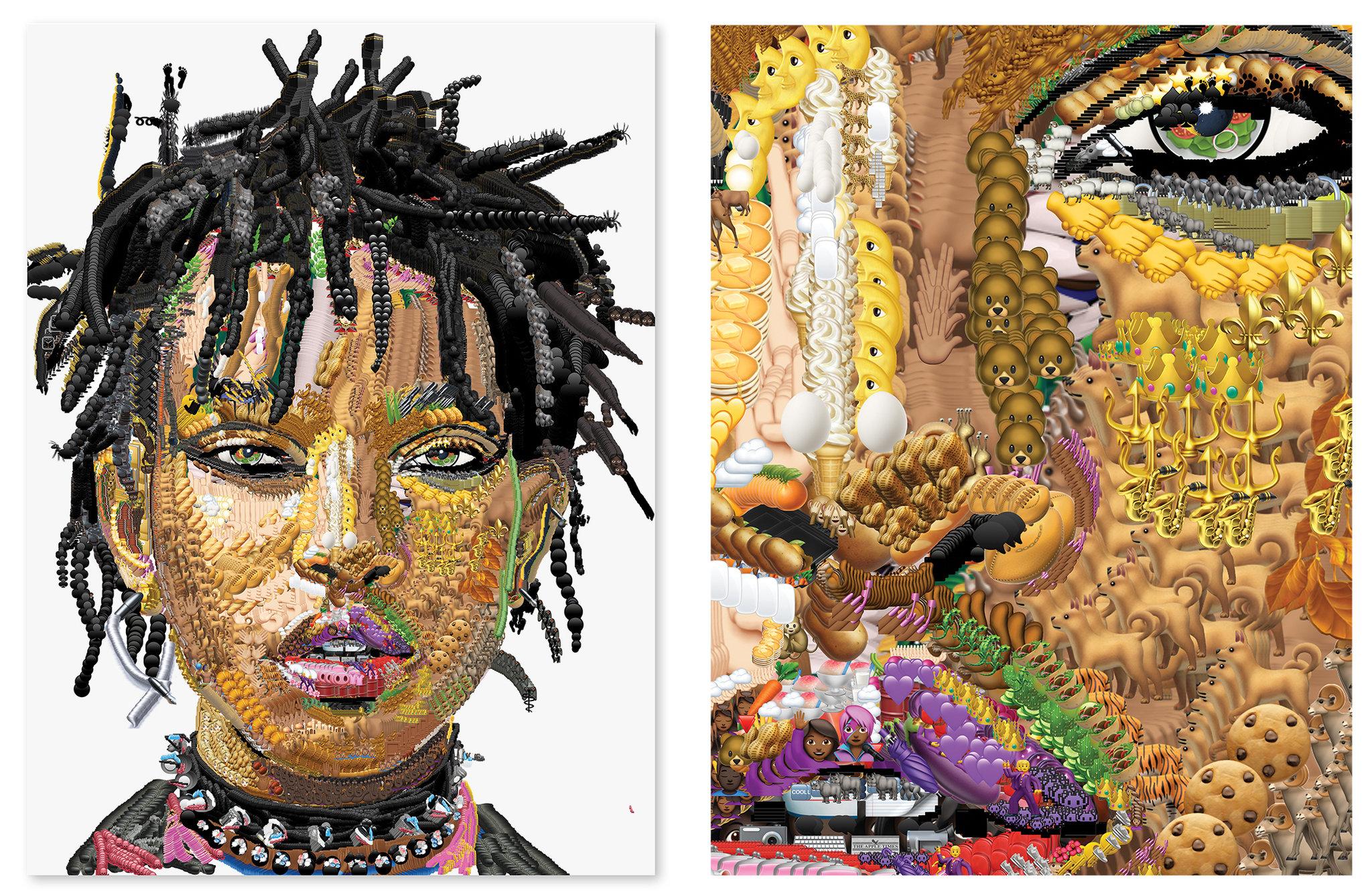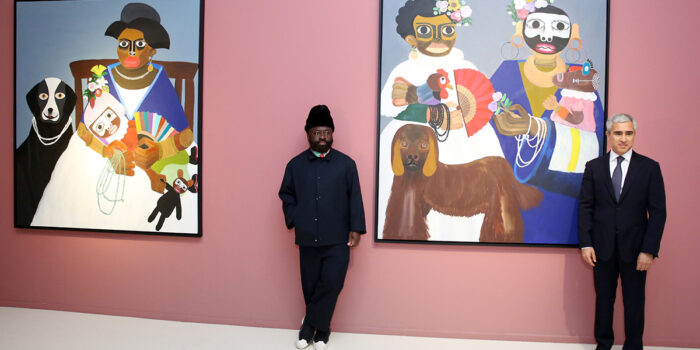Whether dealing with displacement or navigating the online world, artists today are exploring innovative new ideas of what ‘home’ could mean. For some, this means questioning nationhood and statelessness, imagining a place where exiled people could settle down to live; for others, it’s about tackling questions of identity in a digital sphere where our online selves and avatars are fast becoming more ‘real’ than our real selves. Here, we look at five artists imagining alternate existences
Khalil Rabah
Palestinian artist Khalil Rabah is well known for his far-reaching and complex artistic practice that explores the geopolitical realities of Palestine. Projects include The Palestinian Museum of Natural History and Humankind (which has been ongoing since 2003) and The United States of Palestine Airlines, for which he created a fictional travel agency to highlight the ‘fictional’ status of his own country. As part of the Museum series, he produced what has become one of his most iconic works – a painting of a military aircraft carrier, whose surface when seen from above is the shape of the Gaza Strip. Reality in Gaza means embargoes and restrictions on the movement of goods; but, here, Rabah presents a self-sustaining floating ship-cum-factory, in which Palestinian tomatoes and strawberries could be harvested and life lived freely.
Larissa Sansour
London-based, Jerusalem-born artist Larissa Sansour also explores the fraught and difficult reality of life in Palestine, through film, photography, sculpture and installation. Works such as A Space Exodus – a riff on Stanley Kubrick’s sci-fi film 2001: A Space Odyssey – provide a playful yet poignant take on Palestinian identity and nationhood. For a people already displaced, she posits that the ultimate displacement could be in space; and her short film (which has spawned the adorable sculptural figures known as ‘Palestinauts’) tells the story of an astronaut, played by Sansour, who becomes the first Palestinian to go there. Other works, such as Nation Estate, provide a futuristic solution to the ongoing conflict. What if Palestinians could build their state within a massive skyscraper? Sansour asks. And, in doing so, would they be finally able to live the ultimate – and very literal – high life?
Halil Altındere
Halil Altindere is a multidisciplinary artist from Turkey, with an interest in political systems, power and society. In one of his latest works, he examines the displacement of people after recent global conflicts, questioning whether in a world where there seems to be no imminent solution to the refugee crisis, outer space – one of the ultimate frontiers – might be the only place in which a refugee colony might find respite. The installation Space Refugee takes on the story of Muhammed Ahmed Faris, who was the first Syrian in space and is now a refugee in Turkey. To be shown at the British Interplanetary Society in London during the summer as part of the dusk-to-dawn event ‘Art Night’, Space Refugee brings together interviews with NASA scientists, architects and legal specialists to investigate the possibility of putting life on Mars.
In an increasingly digital world, it is no surprise that Chinese artist and writer Miao Ying has declared that she “resides in the internet”. Her work investigates the role of technology in our lives, and how our reality is shaped by and represented through it. For those born in the internet era, perhaps this, rather than sci-fi, is the final frontier. Ying deals with the notion of the ‘internet as home’ and refers to China’s Great Firewall, examining how the new digital age affects our relationships with the world around us, from politics to aesthetics. For example, a 2007 project saw her research every word in the Chinese dictionary that had been blocked by Google China. One of her more recent works, Chinternet Plus (main image), presents a parody of the Internet Plus strategy that was introduced in China in 2015 with the aim to modernize traditional Chinese industries through the introduction of cloud-based technologies. Ying examines this relationship between economic success and digital applications, creating a critique of political branding and governmental visions of a better future. During Art Night, in the Embassy Gardens Marketing Suite, Miao Ying will be presenting a virtual reality project defying the laws of gravity and inviting the audience for a session of ‘lifestyle, political and tech branding hypnotism’. The project will reflect upon the notion of the internet as home and highlight the interaction between technology and people’s daily lives.

GIF installation (2013) by Miao Ying (Courtesy of the artist and Galerie Nächst St Stephan Rosemarie Schwarzwälder)
Yung Jake
Forget living on the internet – Los Angeles-based artist and rapper Yung Jake says he was born on the internet. And judging by the medium out of which he creates his famous portraits of celebrities – emojis – it is no small wonder. If his Emoji Portraits series isn’t the ultimate barometer of a digital existence, then perhaps his interview method is: he notoriously insists on conducting them via text message. Born Jake Patterson, the persona of Yung Jake embodies the liminal space between ‘real life’ and digital identity, in which the distinction between offline and online becomes ever-more blurred. While other works include augmented reality and E.m-bed.de/d (which takes over your computer, opening up various windows in sync to a rap song), it is these celebrity portraits that are perhaps a meta-commentary on culture today. Our utter obsession with celebrities is enhanced by access to social media and we ‘paint’ with the ultimate tool of self-expression, the smiling yellow face.
Images courtesy of the artist








